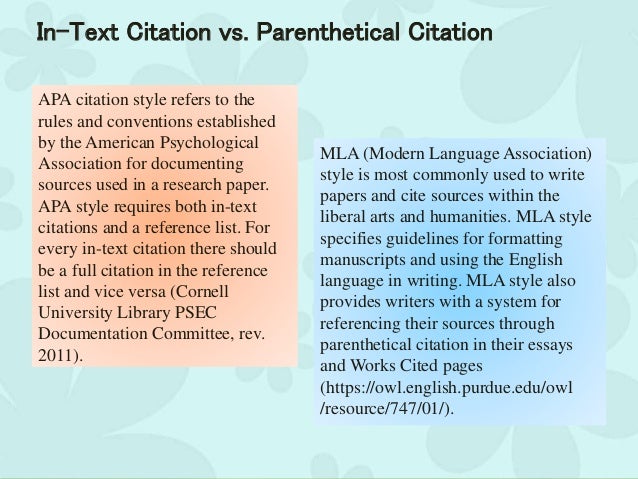How To Write References Mla

MLA Citations: sometimes called parenthetical citations or in-text citations. The purpose of MLA citation is to document where you found your information and give credit to the authors for using their works.
The citations refer your readers to your Works Cited page at the end of your research paper. Hi Everyone,Just a quick tip:If you are using Word 2010 there is a tab for References that will allow you to enter citation information, insert the citation into the paper and add pages, AND it will create a Works Cited page in either MLA Sixth or Seventh Edition (which ever you choose)for you without having individually type it all out!
The citations are added to a master list that allows you to use them again on any other paper without having to retype all of the source information.By the way, which MLA edition is currently in use? I have not been able to find any reference on this website as to which edition I should be using.

I am having trouble citing this source:article titled: “Forward with Environmental Justice”authuor: Nicholas Targjournal: Human Rights: Journal of the Section of Individual Rights and ResponsibilitiesPublished: Fall 2003Vol and issue: Volume 30, issue 4This is an article from the online database MasterFile Premier, from the subscription service of Ebscohost.Is this correct? It will not let me show itilacs in this box.Targ, Nicholas.
“Forward with Environmental Justice.” Human Rights: Journal of the Section of Individual Rights and Responsibilities 30.4 (2003): MasterFile Premier. EbschostAlso with no page numbers how would show this in in text citations.
How To Write References For Report
How To Write References For Job
- Basic Tips and Resources for MLA Text Citation. Anytime someone writes a thesis or a research paper, they are apt to use multiple references to gather the best material. Albeit, to avoid plagiarism, making citations is necessary, as an indicator to who and what the reference entails.
- How to Write Citations.com Free Citation Generator. This Free Citation Generator, with its Style Guides and Community Forum, is run by Scholars for APA Style and MLA Style (Harvard referencing) as well as Chicago Notes Style and Turabian Style (Oxford referencing), for your Bibliography, List of Works Cited, and Reference List.
It may be tricky to determine how to alphabetically arrange the references, since each MLA work cited entry begins with Louisa May Alcott. To create a proper MLA works cited list when there are multiple sources by the same author, place the references in alphabetical order by the title. Only include the author’s name in the first reference. Skyrim special edition roleplay mods minecraft.